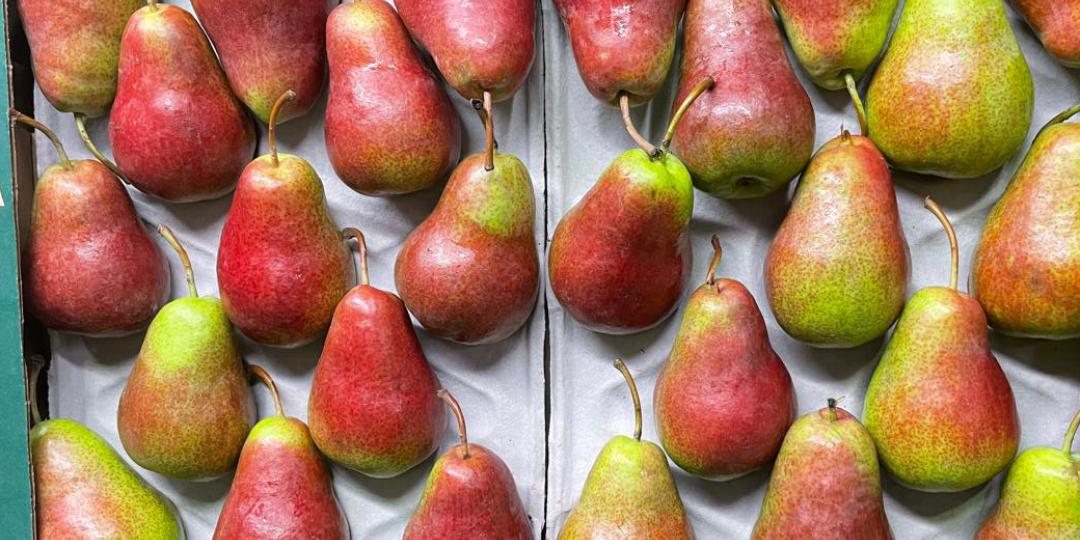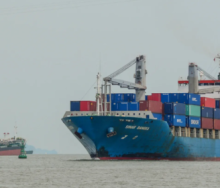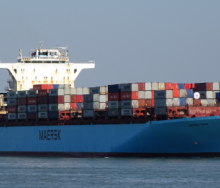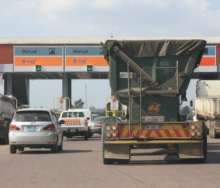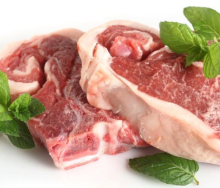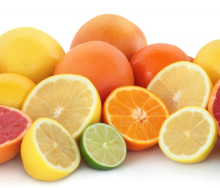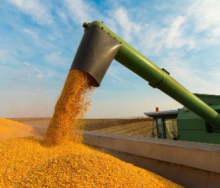South African table grape exporters face profit losses of up to 60% should Europe’s plans to drastically cut maximum residue levels (MRLs) on anchor crop protection products be implemented as envisaged by the Green Deal.
The Bureau for Food and Agricultural Policy (BFAP) modelled the effect of industry-specific restrictions on four crops critical to domestic food security and South Africa’s participation in global markets – citrus, pome fruit (apples and pears), table grapes and maize.
It found that table grapes would suffer the most damage due to the effective suspension of active ingredients in the EU that are critical to control in South Africa. One example, in particular, is the use of dimetomorph, which combats the fungal crop disease downy mildew. Combined, it is expected to lead to a drop of 15% in export-quality table grapes in areas with high fungal disease pressure and 5% in the Orange River area over the next 10 years. Table grape hectares could shrink by 12%, and profits could drop by 30-60% over 10 years, depending on the extent of the drop in export-quality fruit produced, along with the increase in production costs.
About 90% of the South African table grape harvest is exported and, of that, 57% is destined for the EU. Should the local industry decide to bypass the EU and instead send its table grapes to the other countries where it has market access, EU table grape prices would increase by 9% and prices in the alternative markets would drop by 38%. The BFAP researchers found that taking a 15% hit in terms of lower export volumes to the EU would be less severe than absorbing the impact of a 38% drop in retail prices should the harvest be exported solely to alternative markets.
In terms of pome fruit, the continued use of eight key chemical control ingredients is in the balance for the local industry, and without access to these products, about 3.5% of apple hectares could be lost, and just over 3% of pear hectares, due to the resulting input cost increase (estimated at about R10 000/ha on sprays, with some other production cost to increase as well). Although yields are not expected to drop due to changes in permitted inputs, the drop in the proportion of apples of export quality would be 2.2%, and that of pears 4.5%. With only 8% of apples currently marketed in the EU, an alternative for some apple producers would be to avoid the EU market and avoid the impact of losing important active ingredients.
The impact on citrus exports will vary depending on the production region, because different areas battle different pests. South Africa has such a large market share of the Southern hemisphere citrus exporters to the EU that the lower volumes departing from local shores due to the withdrawal of key pesticide ingredients would lead to a 14% increase in the price per carton. A drop in 8% of export citrus volumes over the next 10 years can be expected should the EU rules not be changed.
However, according to CropLife SA, collective diplomatic efforts by African exporters are under way to negotiate an alternative, called the African Localised Green Transition, to mitigate the potential harm of the Green Deal in its current form. The BFAP research was funded by CropLife SA with a view to these negotiations.
